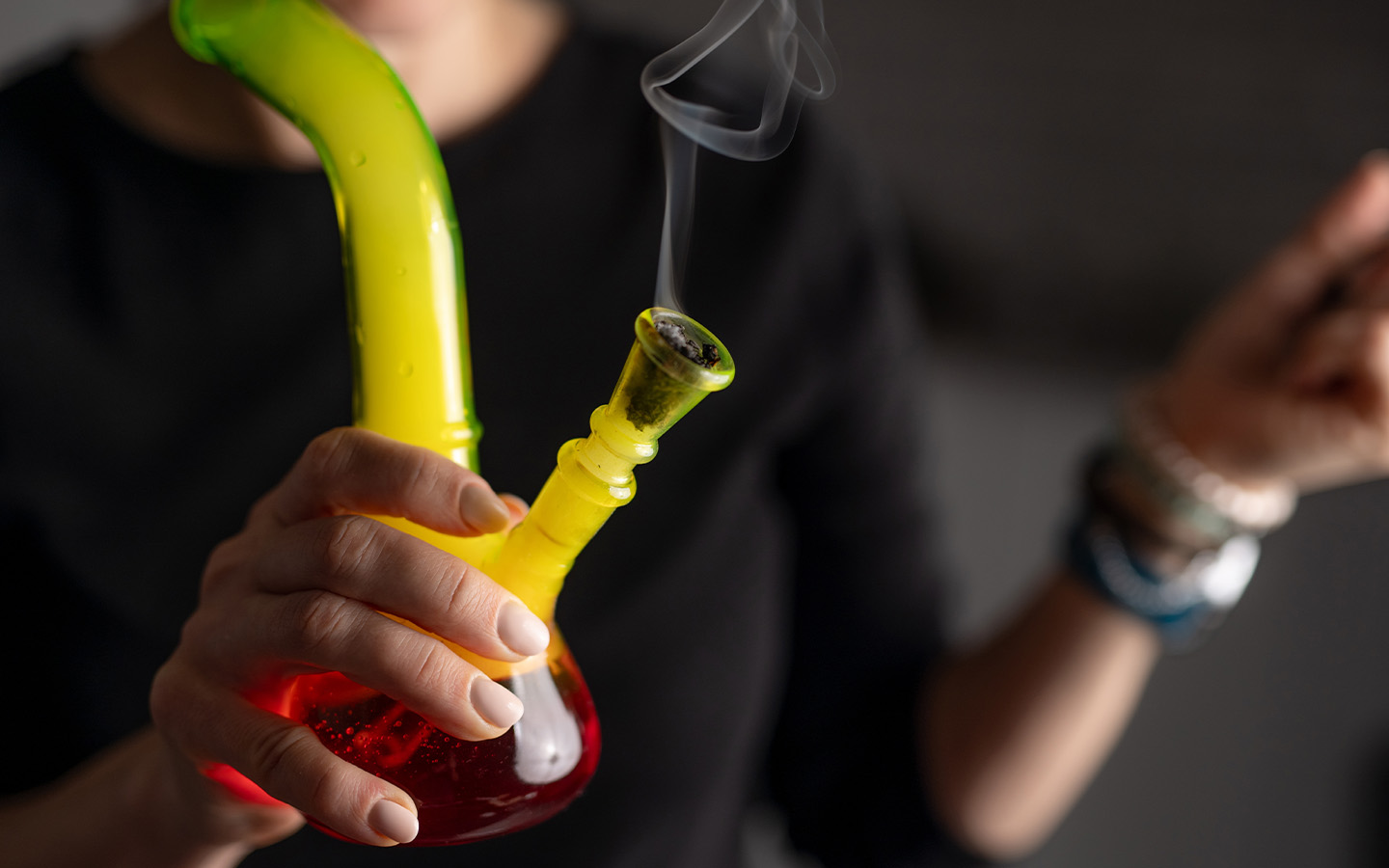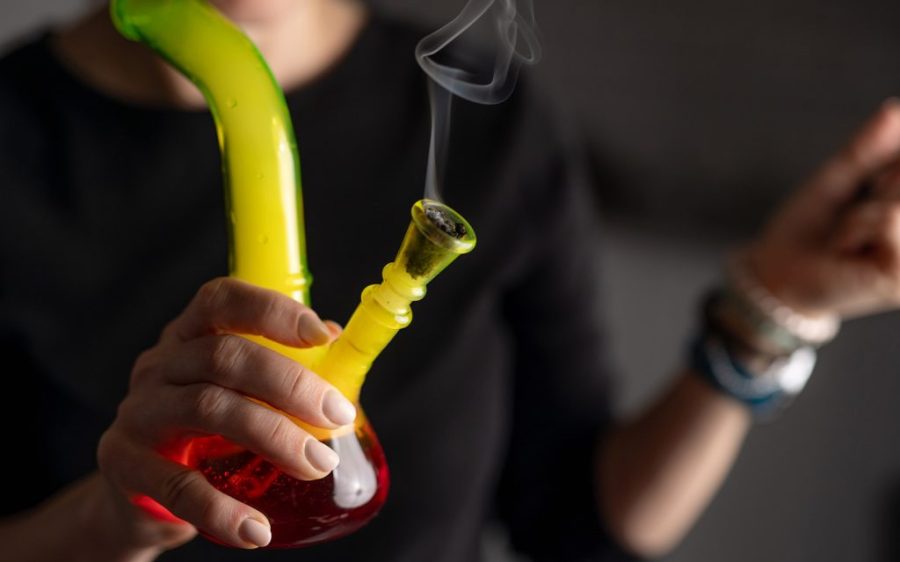An estimated 200 million people around the world use cannabis daily, but as the potency and availability of the drug grows, so do cases of dependence and cannabis-induced psychosis.
Two new papers dig into how a person’s initial reasons for using cannabis can shape use patterns and psychopathology, and how trauma in particular leaves users more vulnerable to negative mental health effects from cannabis use, reports SciTechDaily. Both reports rely on data from Cannabis & Me, the largest survey of its kind, totalling 3,389 former and current cannabis users aged 18 or older.
“Those people who use cannabis for more social, recreational purposes tended to have fewer problems and use less cannabis in the long term,” Dr Tom Freeman, University of Bath professor and one of the study’s authors, told the BBC.
Those who began using to manage anxiety, depression or pain – or because a family member was using it – reported higher levels of paranoia and longer-term chronic patterns of use. Respondents with childhood trauma saw paranoia further exacerbated by cannabis use.
[See more: Cannabis use may significantly increase risk of heart disease-related deaths, review finds]
The study on initial reasons for use, led by Institute of Psychiatry, Psychology & Neuroscience (IoPPN) at King’s College London, working with the University of Bath, asked participants about their motivations to begin and continue using cannabis, how much they consumed weekly in THC units and their overall mental health.
A clear pattern emerged, revealing how self-medicating with the drug can backfire, increasing levels of paranoia, anxiety and depression. Average scores among this group exceeded the threshold for referral to counseling.
By tracking the frequency and strength of cannabis, researchers could see how those who used cannabis to self-medicate consumed significantly more THC. While the average respondent consumed 206 units of THC, the principal psychoactive component of cannabis, each week, that figure shot up over 20 percent or more for those who used to manage anxiety or depression, and nearly 40 percent if they started using due to other members of the household using.
Those who experienced trauma, the second study found, also used at higher rates than average. Individuals experiencing sexual abuse, closely followed by emotional and physical abuse, reported higher intake. But only certain types of childhood trauma, namely emotional abuse and household discord, saw the risk of paranoia go up with cannabis use.






